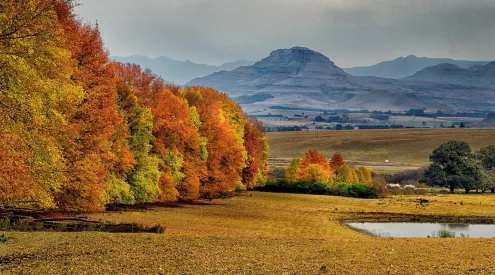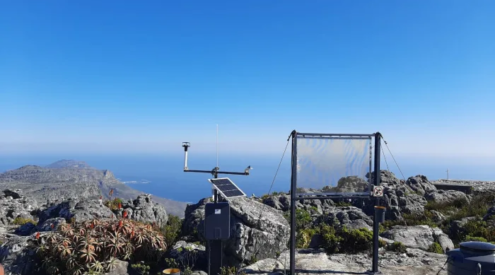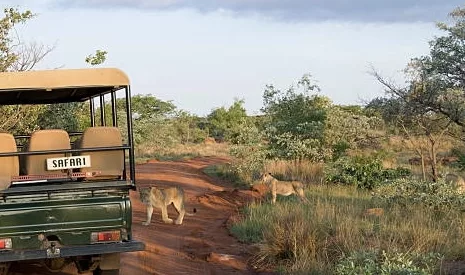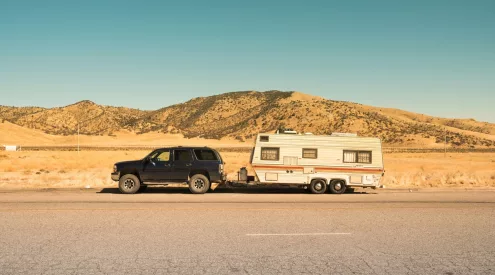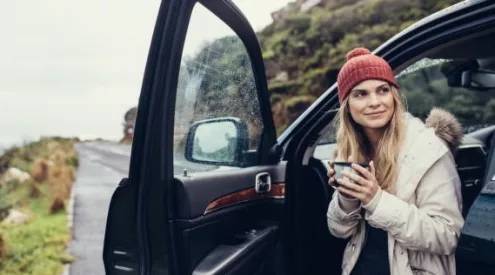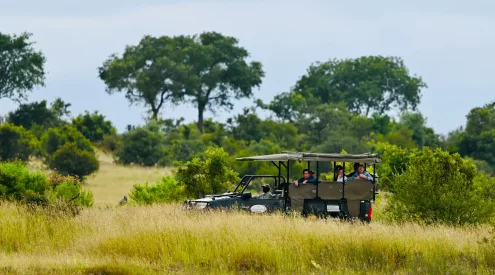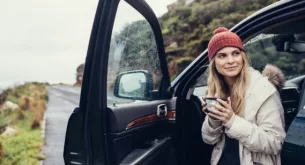The arrival of your period should never keep you from hiking, camping or doing any outdoor activities. Although it can be a bit of a practical challenge, there are means and ways to navigate this normal and healthy part of life – even when there’s no bathroom in sight for days. Here are some proven tips to keep in mind if your next multi-day hike happens to coincide with your next menstruation.

Picture: Unsplash
Choose your products
Firstly, the obvious part is that you need to choose which products you will use on the hike, whether you will stick to what you know or try something different that might fit your needs better. If you switch to a different product, we do recommend using it before going on the hike to see if you’re comfortable with it. Here are your options.
1. Skip your period entirely
If you prefer not to have your period on the trails, you can manipulate your cycle medically. If you are on an oral contraceptive, you can skip the placebo tablets and just continue with the next month’s tablets. There are no known health risks connected to skipping your period, but it is always wise to consult your doctor if you plan to do so. If you are not on the pill, there are other medical ways to inhibit menstruation, which should only be followed on professional medical advice.
2. Tampons or pads
The most mainstream products are tampons and pads, and if you use these, you will need to carry all your waste with you until you can dispose of it properly. Even if your products are completely biodegradable (most aren’t) you still shouldn’t leave them outdoors as animals might dig them up. So, keep a waste bag handy when you go to the ‘bathroom’. A small waterproof lunch bag/cooler bag can work (don’t use it for food ever again!) or even a plastic zip bag. You can line the bag with tin foil on the inside for extra security and privacy. Wrap your used products in toilet paper or tin foil and store them in the waste bag until you reach a proper trash can.
3. Reusable pads or period underwear
If you’d like to go a more eco-friendly route, you can use reusable pads or period underwear. This means you don’t have to carry waste with you, and of course you have a much smaller impact on the environment. Remember to take enough so you can change when you need to, as wearing them longer than instructed may cause health issues. Then, wash them at camp with biodegradable soap (never directly in a stream, rather use a bucket or bottle) and discard the water in a hole you dig – the same procedure for bathing in the wild. Bathing or washing directly in a stream can contaminate the water and be harmful to the environment.
4. Period cup
The most eco-friendly product of all is a menstrual cup. The important bit is again, to bury your waste in a hole and make sure it doesn’t contaminate water sources or lure animals. This is the preferred product for most female hikers due to its practicality (only needs to be changed once or twice a day). However, it takes some getting used to so you have to be sure you are comfortable with its using methods before you go hiking.
You can browse eco-friendly and reusable products here.
Other important notes
Hygiene is top priority, so whichever products you use, make sure your hands and products are always super clean, just as you would normally. Carry water and biodegradable soap with you when going to the ‘bathroom’, or if that’s not possible, use sanitiser. Hand wipes are also handy, just remember to also dispose of them in your waste bag (along with toilet paper) and not on the trails.
If you use tampons on your hike, read up on Toxic Shock Syndrome and how to avoid it. If you use a period cup, rinse it properly with clean water and sterilise it as soon as you get to camp. If you use reusable underwear or pads, make sure they are completely dry before wearing them again.
Plan for the side effects
Don’t forget to plan for the usual side effects you might experience. You don’t want to suffer through a hike with cramps or other aches and pains. Keep pain medication with you if you need to. Another good tip is to use hot water in a bottle at night for abdominal pain (glass is best). Many women have also found that wearing black or dark-coloured shorts give them the most confidence when hiking on their periods.
ALSO READ

